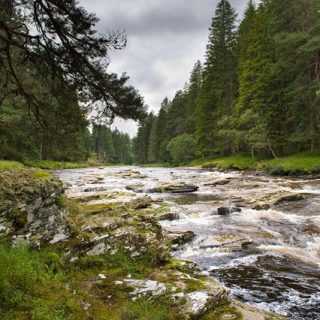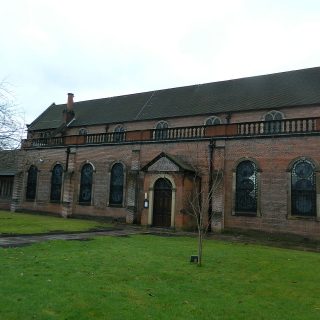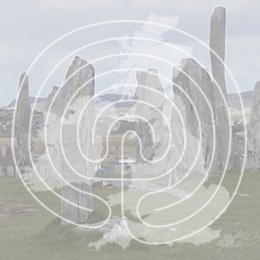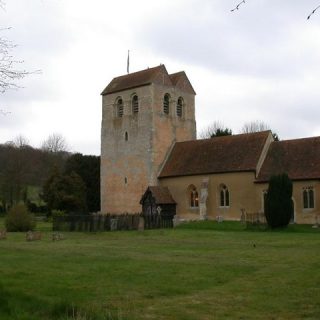Wodna Zena
The following is taken from an article by W Gregor in Folklore [A Quarterly Review Of Myth, Tradition, Institution & Custom] Vol III (1892). ‘In Roumania each spring is supposed to be presided over by a Spirit called Wodna zena or zona. When a Roumanian woman draws water she spills a few drops to do homage to this Spirit’.—The Land beyond the Forest, vol. ii, p.






Recent Comments